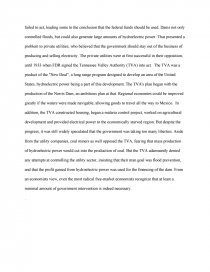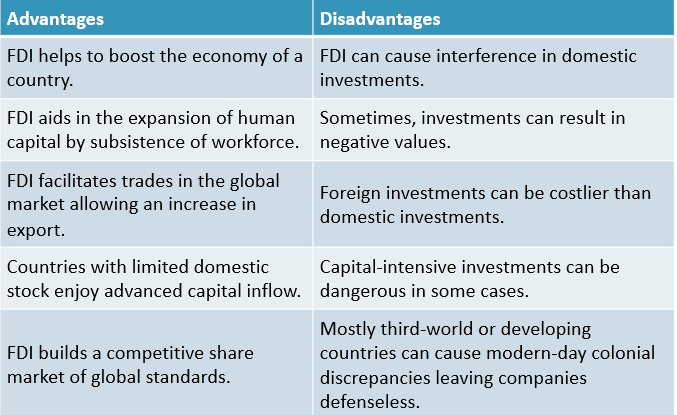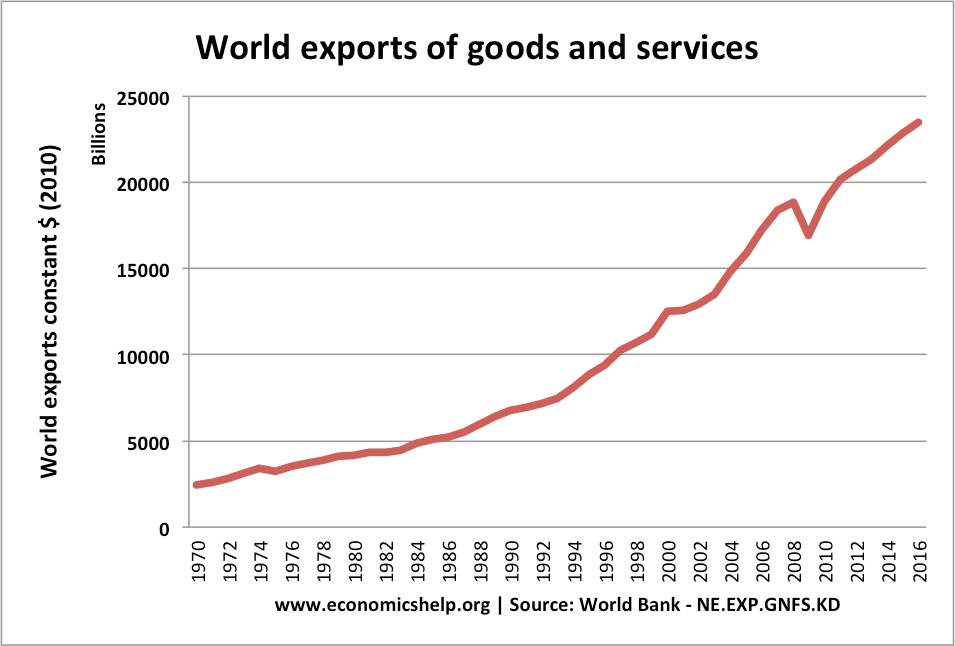International trade refers to the exchange of goods, services, and capital across international borders. It is an important aspect of the global economy, as it allows countries to specialize in the production of certain goods and services and to access a wider range of products and technologies. However, international trade is not without its limitations. In this essay, we will explore some of the main limitations of international trade.
One limitation of international trade is the existence of trade barriers, such as tariffs, quotas, and non-tariff barriers. These barriers can increase the cost of importing and exporting goods, making international trade less attractive for businesses. For example, if a country imposes a high tariff on a particular product, it may become more expensive for businesses in other countries to import that product, leading to a decrease in international trade. Similarly, quotas can limit the amount of a particular product that can be imported into a country, again reducing the volume of international trade. Non-tariff barriers, such as health and safety regulations, can also make it more difficult for businesses to enter new markets.
Another limitation of international trade is the difference in regulations and standards between countries. Different countries have different rules and regulations regarding the production, labeling, and safety of goods and services. This can create difficulties for businesses looking to enter new markets, as they may have to adapt their products to meet different requirements. This can be a costly and time-consuming process, which can discourage businesses from engaging in international trade.
Political instability and conflict can also be a limitation to international trade. If a country is experiencing political turmoil or is engaged in a military conflict, it may be less attractive for businesses to trade with it. Similarly, if there are tensions between two countries, it may become more difficult for businesses in those countries to trade with each other. This can lead to a decrease in international trade and may have negative consequences for the global economy.
Finally, cultural differences can also be a limitation to international trade. Different countries have different cultural norms and values, which can impact the way that goods and services are perceived and consumed. For example, certain products may be more popular in one country than in another, due to cultural preferences. This can make it difficult for businesses to enter new markets and can limit the scope of international trade.
In conclusion, while international trade can bring many benefits, such as increased efficiency and access to a wider range of products and technologies, it is not without its limitations. Trade barriers, regulatory differences, political instability, and cultural differences can all hinder international trade and make it less attractive for businesses. However, by addressing these limitations and working towards greater trade openness and cooperation, it is possible to overcome these challenges and promote the growth of international trade.






:max_bytes(150000):strip_icc()/comparative-advantage-4199071-01-FINAL-4528a931a32545f4b48625f1d0ceec34.png)
